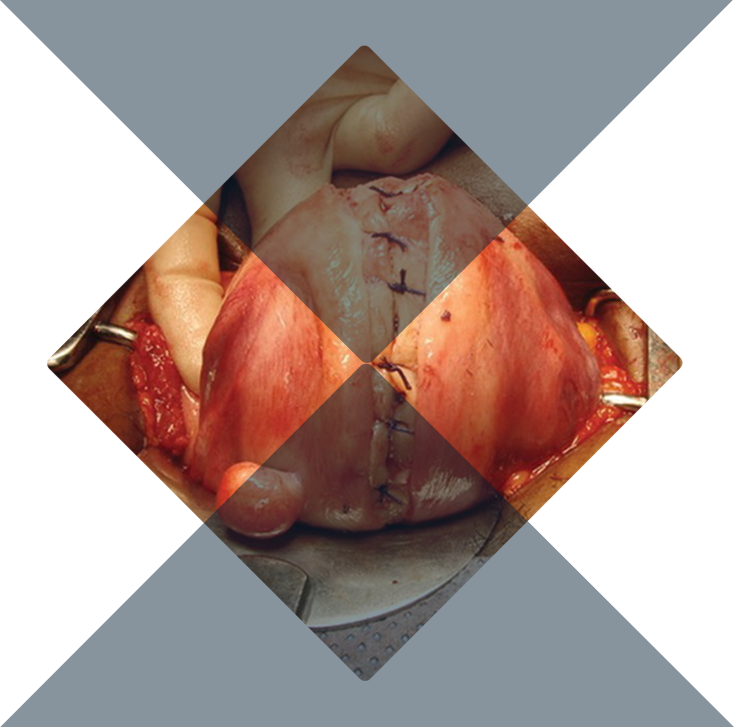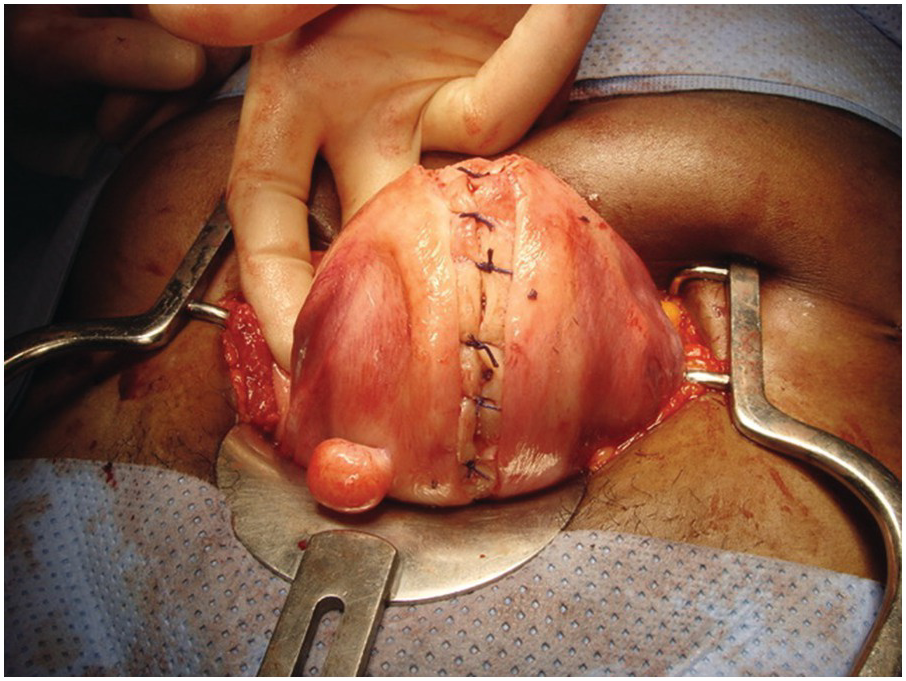
Dr.Mrs.Dhruba Ray
MBBS, DGO(Cal), MD(O&G), FICS
Consultant Gynaecologist and Obstetrician
Myomectomy Doctor in Kolkata, India
+91 91238 89310+91 91431 80185+91 98367 77450


Also known as an "open" myomectomy, an abdominal myomectomy is a major surgical procedure. It involves making an incision through the skin on the lower abdomen, known as a "bikini cut," and removing the fibroids from the wall of the uterus. The uterine muscle is then sewn back together using several layers of stitches.
What is a myomectomy?
A myomectomy describes a surgical procedure involving the removal of uterine fibroids while preserving the uterus. Fibroids are noncancerous growths can that develop in or on the walls of the uterus.
Uterine fibroids, also known as leiomyomas and myomas, are the most commonTrusted Source noncancerous, or benign, tumors in females of childbearing age. Fibroids refer to growths of smooth muscle cells and connective tissue that may be present in or on the walls of the uterus.
A person may have one or multiple fibroids, which can vary in size. Some people may not experience symptoms, while others have heavy and painful periods. Fibroids become more common as females age, and between 20-80%Trusted Source of females develop them by the age of 50 years. While most uterine fibroids are noncancerous, they can be cancerous in rare cases, where doctors call them leiomyosarcomas.

If a fibroid is potentially affecting a person's fertility, causing symptoms, or has features that may suggest malignancy, surgical removal, or a myomectomy, may be an appropriate treatment.
In this article, we will discuss the myomectomy procedure, including who may be a suitable candidate, how to prepare for the surgery, and what the operation may involve.
Hysteroscopic myomectomy :
This myomectomy type involves inserting a hysteroscope, a camera with an attached light, through the vagina and cervix and into the uterus. A surgeon can then use surgical instruments, such as a wire or loop, to remove the fibroids inside the uterus.
This type of myomectomy is only suitable for a person with fibroids inside the uterine hysteroscope or just beneath the inner lining of the uterus.
Robotic myomectomy :
This procedure combines high-definition 3D magnification, robotic technology, and small instruments to remove fibroids.
A surgeon will make several small incisions in the abdomen. These cuts will allow the robotic arms and instruments to enter the uterus and remove the fibroids. Depending on the size of the fibroid, the surgeon may need to break the fibroid down into smaller pieces to remove it from the abdomen.
A 2018 retrospective study found that a robotic myomectomy was suitable for removing large uterine fibroids and had a low complication rate. Additionally, this method uses a minimally invasive approach, generally resulting in a shorter hospital stay and quicker recovery.

A challenging job to cure critical patients.